Tomohito Ishii "House of Future"
13 May - 11 June 2017
Opening reception:Saturday, May 13, 18:00 - 20:00
Maki Fine Arts is pleased to present Tomohito Ishii's solo show House of Future starting Saturday, May 13, 2017.
Born 1981 in Tokyo, Ishii received his MFA from the Musashino Art University with a concentration in oil painting. Notable exhibitions include group shows such as The Greater Taipei Biennial of Contemporary Arts (NTUA, 2017) and Sliding Railroad (former-Tokorozawa Meal Center, 2015), as well as his solo show Complex Circuit (Gallery αM, 2011).
In his first solo show at Maki Fine Arts, Ishii will showcase approximately ten new works including video work themed on a suburban new town he grew up in. As an artist who has positioned his paintings as receptors to information and who has contemplated on how to confront modern information, Ishii has been intrigued by the homogenized spatial imagery mass-produced through urban development resulting from the rapid economic growth of the past.
By sourcing existing images created in the 1970s--such as Goh Shigi's depiction of a housing complex entitled "Housing" and Kuniichi Shima's "Sheets and futon"--and transforming them anew, Ishii's method brings awareness to the weight of time linked to the past, present, and future while casting a skeptical gaze toward the environment surrounding information. Ishii explains the creative process behind his new works as "exposing the characteristics found in the recording medium that configure information through defects, such as print faults, play errors, and visual shortcomings, and taking in the interchangeability between body and digital device."
---------------------------------------
The Suburb as One's Home Town
Ryo Katsumata (art critic)
Tomohito Ishii once dug a hole in an empty lot in the suburban town he grew up in. What may appear to some as an act of digging down to reach earth's strata of yesteryear as a nostalgic scheme to imaginatively recover the home town he lost when development of the new town began, I, for one, believe that was not the case. For Ishii, it is none other than the suburb that is his home town. A typical description of a suburb is that it's scenery is indistinguishable from other suburbs. While, in a way, the nondescript nature of suburbs may be true, the memory of a scenery or a place is not etched into the actual scenery or place itself. The memory resides in a person's home. While the scenery may indeed be the same with other suburbs, to the person growing up there, it is also special.
Perhaps this impression of the suburb with its duality is what has unshackled Ishii's creative process from having to fulfill purpose into nostalgic sentiment. The phenomenon of the expansion of suburbia can also be seen as a utopian movement of taking the diverse external spaces existing as individually distinct cultures and absorbing them into a homogenized yet unified inner part, an intervention similar to the colonization of foreign land and forceful assimilation. That is why Ishii often draws potted plants. Instead of drawing plants in its natural form, as enclosed ecosystems characterized by their environment, he draws artificially-produced plants, as interchangeable substances that can be transplanted anywhere. And the plants are drawn as though they are self-portraits. The distorted outlines are misaligned yet overlapping, guiding imagination as a produced structure, showing the rawness in its digital patchwork of lines, surfaces, and colors lacking synchronization. It is as though it is saying reality can be found in that hollowness.
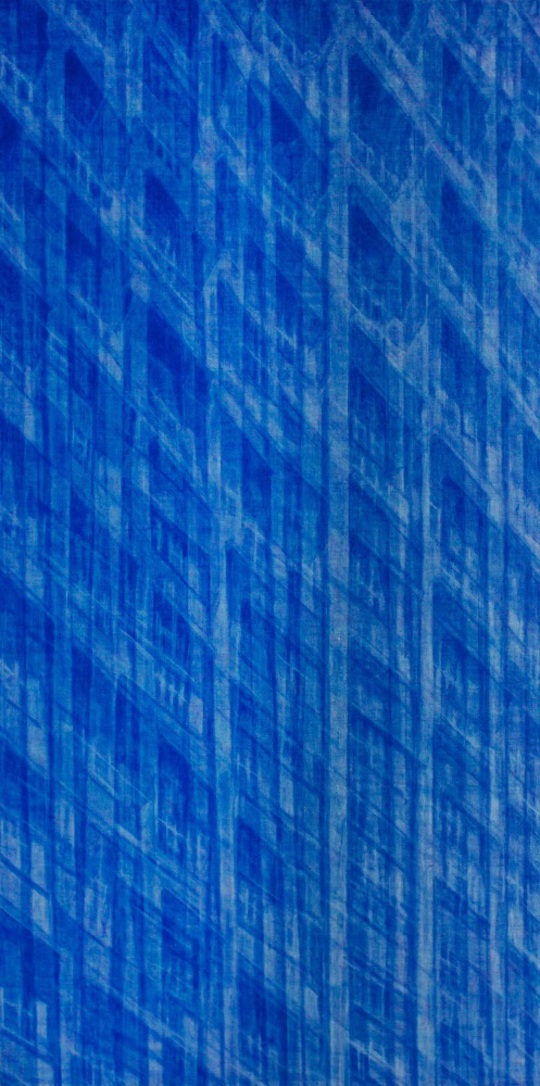
石井友人 「未来の家」/ Tomohito Ishii "House of Future"
2017, Oil on canvas, 194×97cm
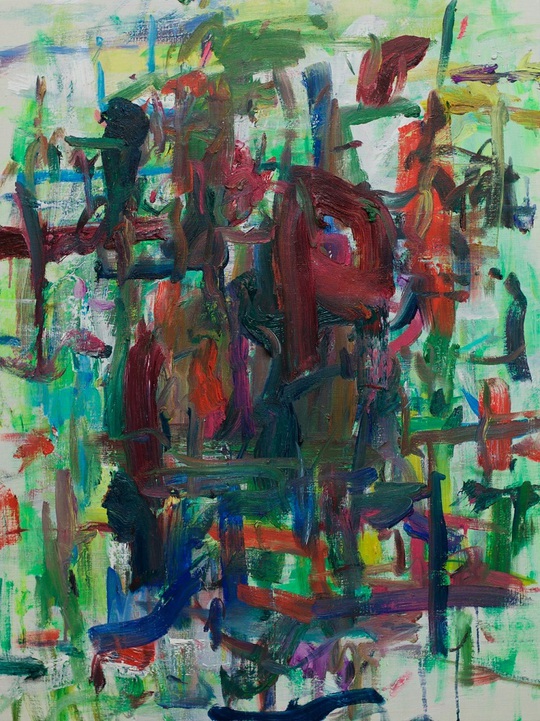
石井友人「生きられた時間」/ Tomohito Ishii
2017,Oil on canvas, 80.3×60.5cm
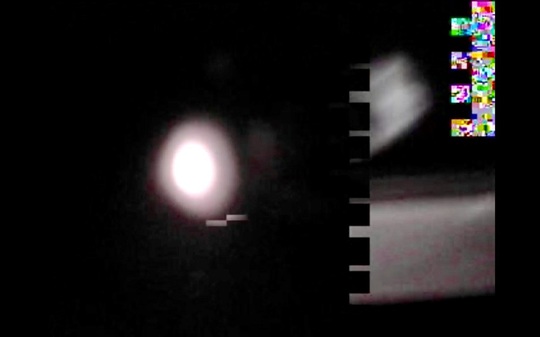
石井友人「未来の学校」/ Tomohito Ishii "School of Future"
2004-17, HD, 50min
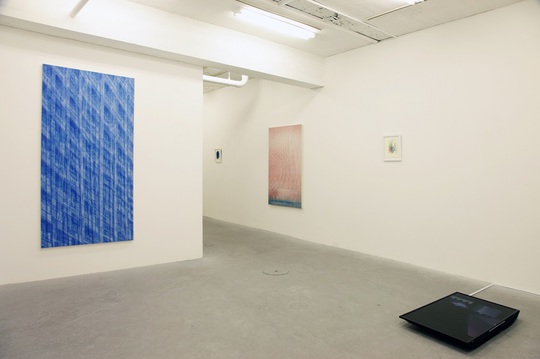
Installation View
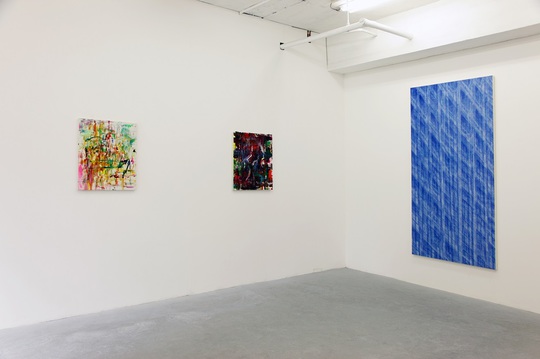
Installation View
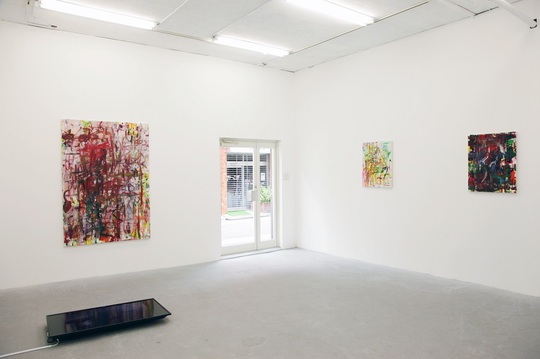
Installation View
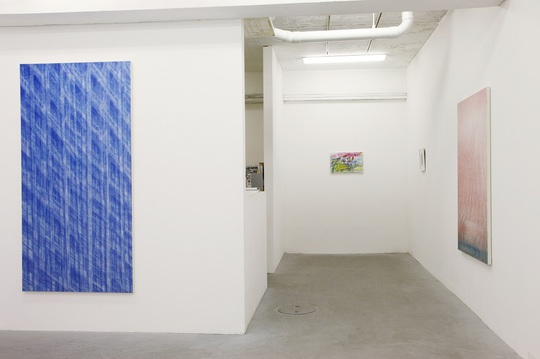
Installation View
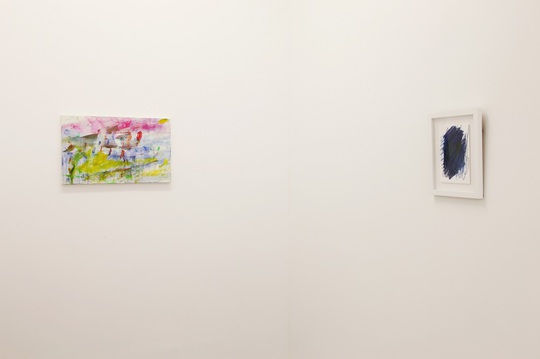
Installation View
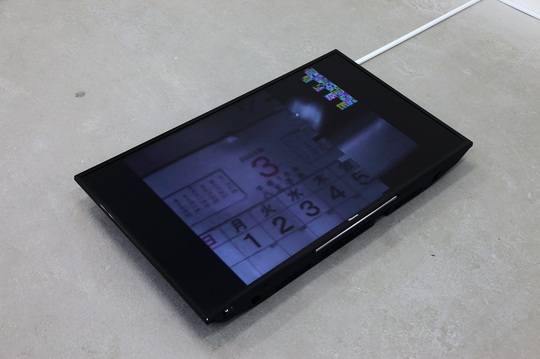
Installation View